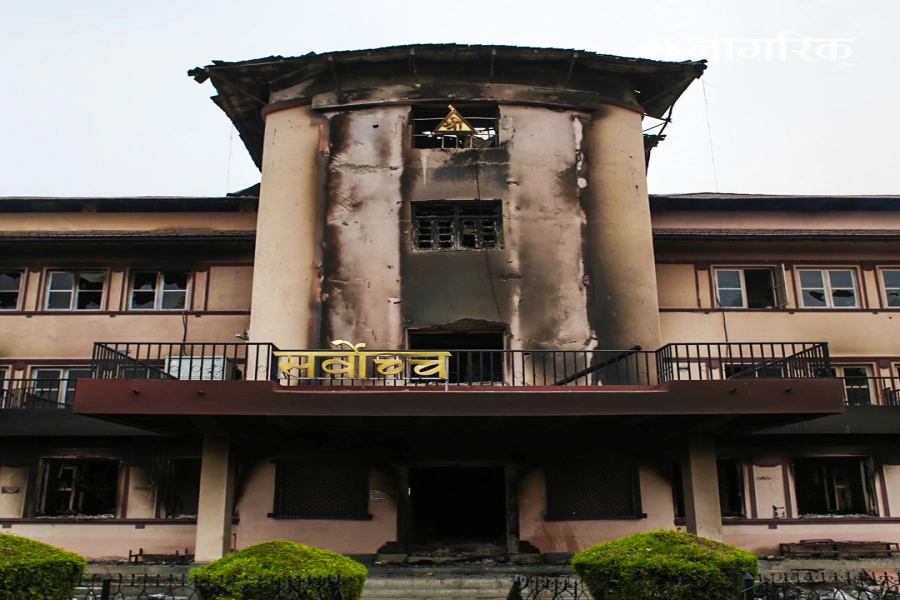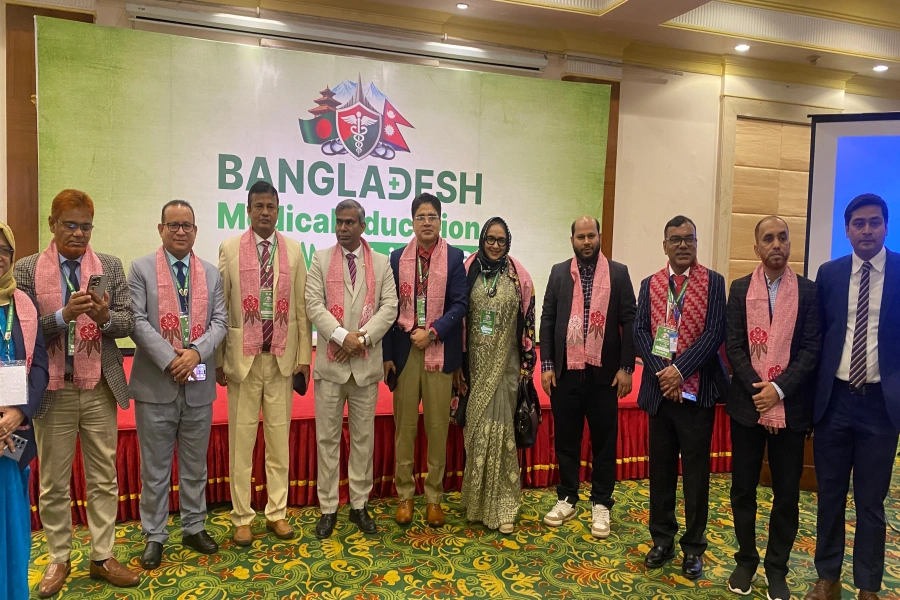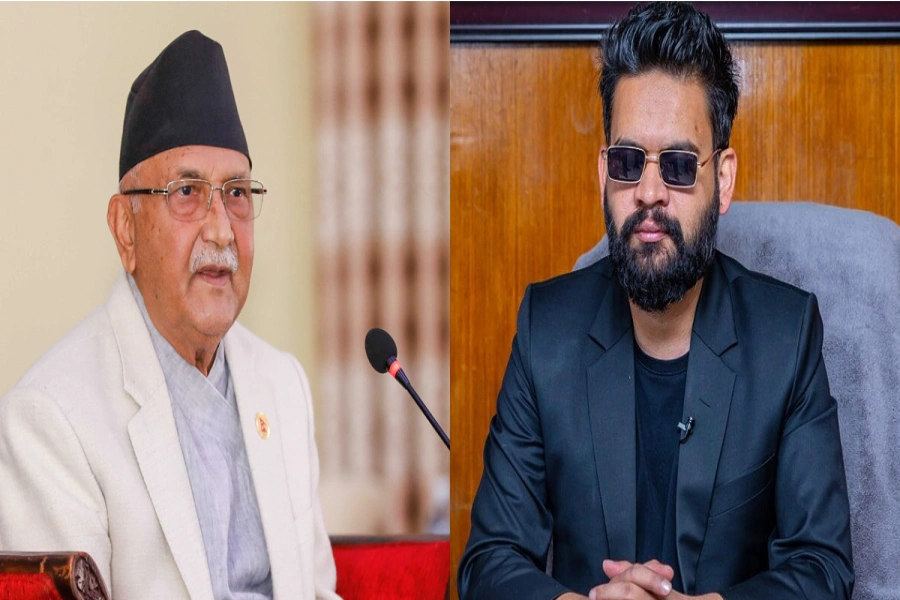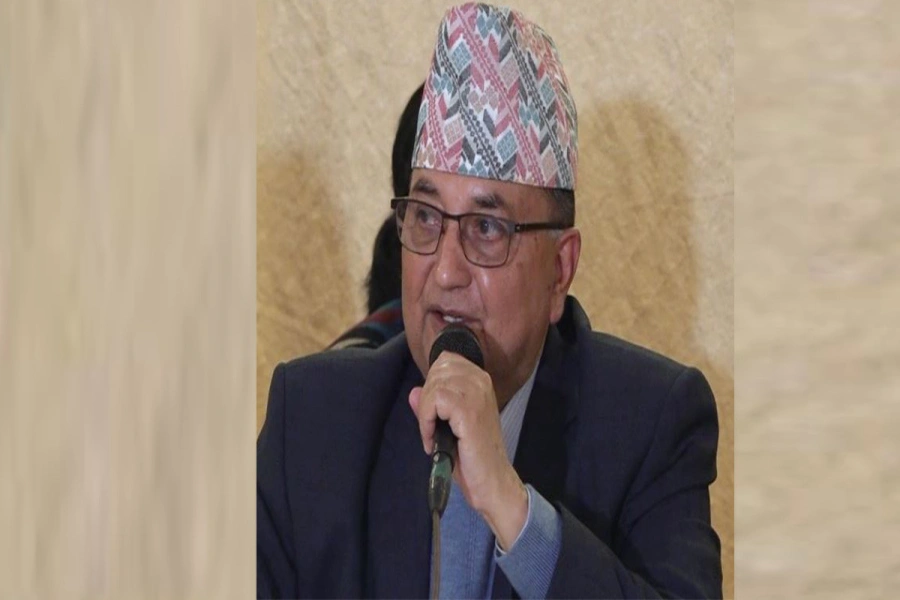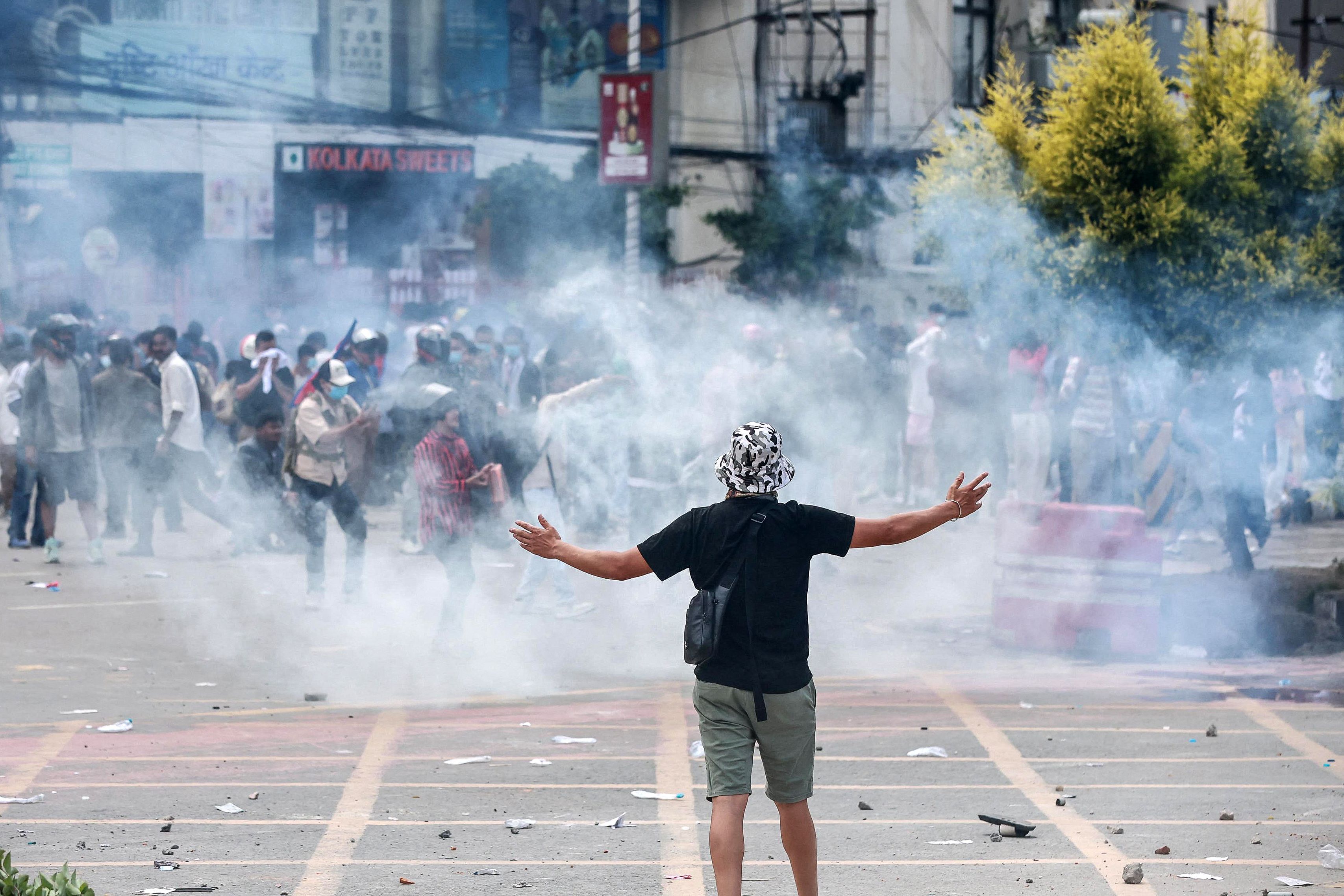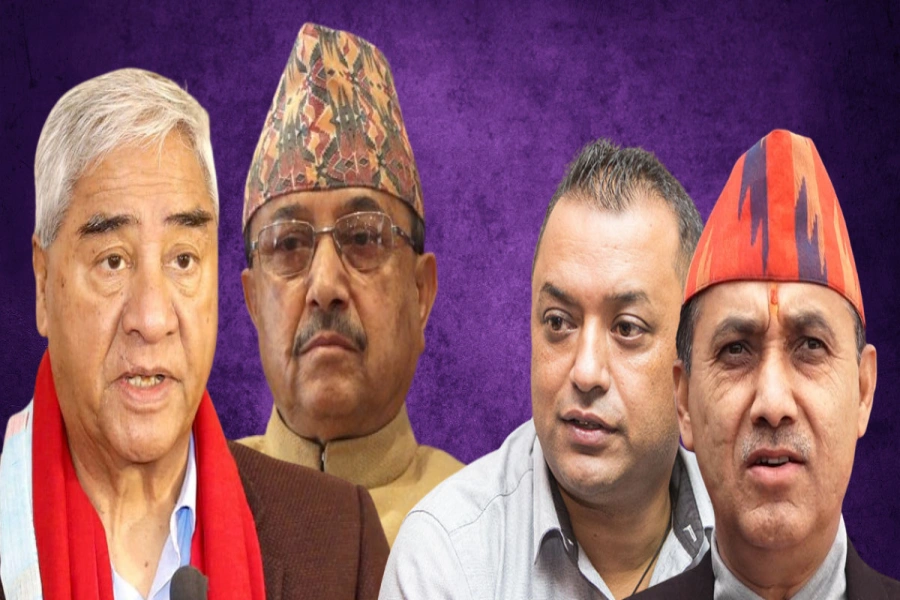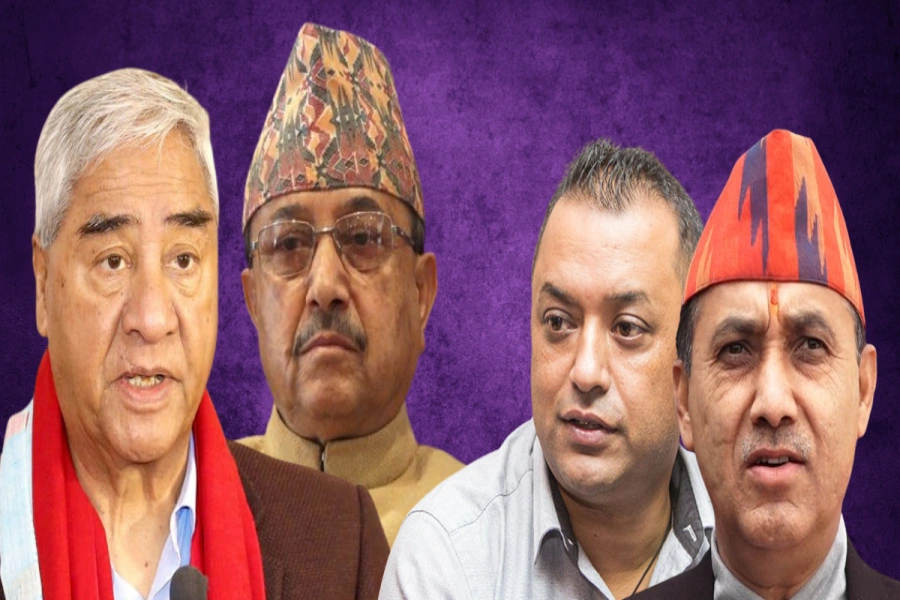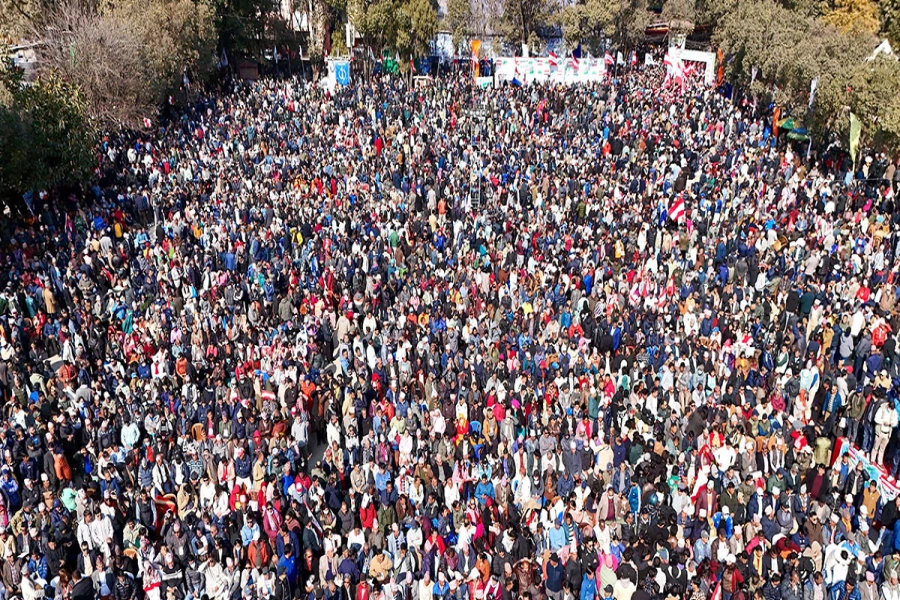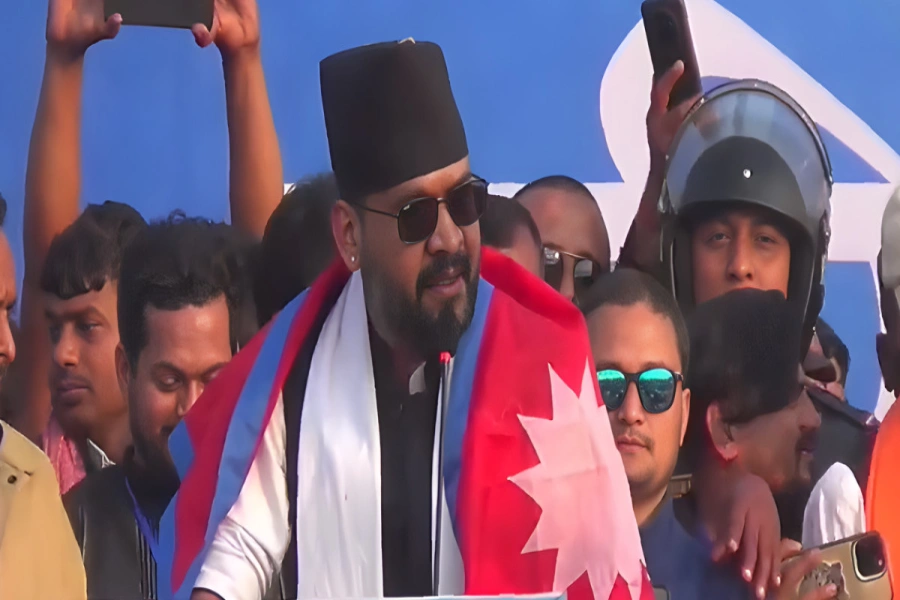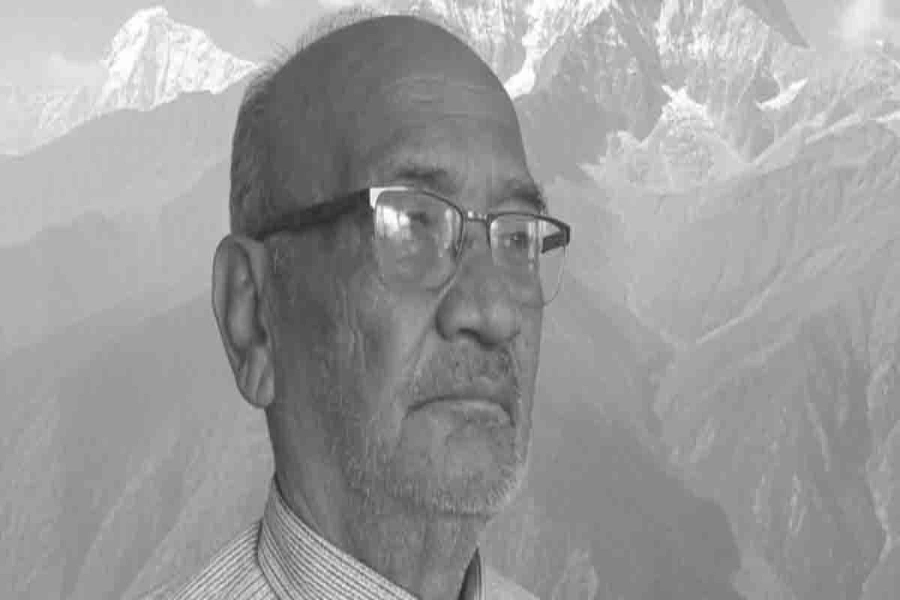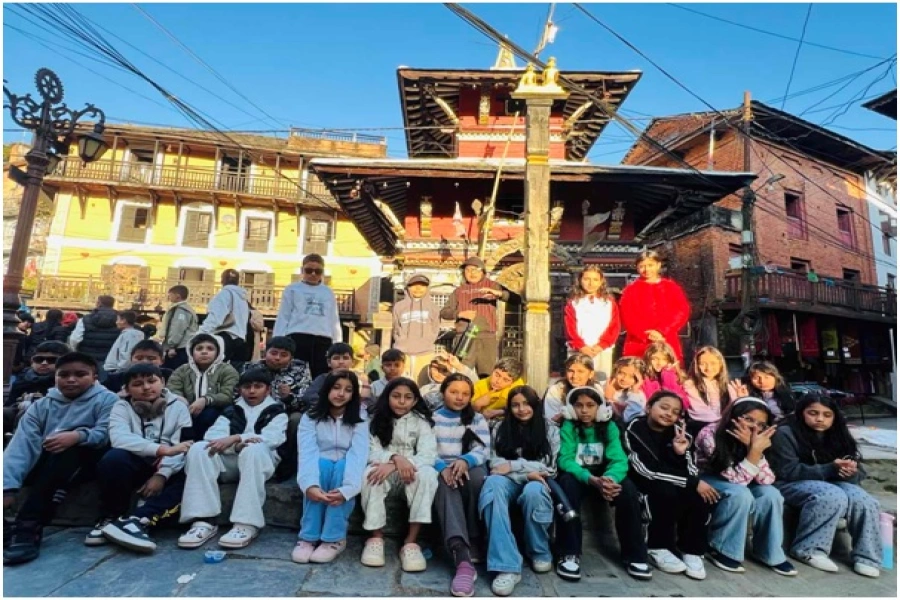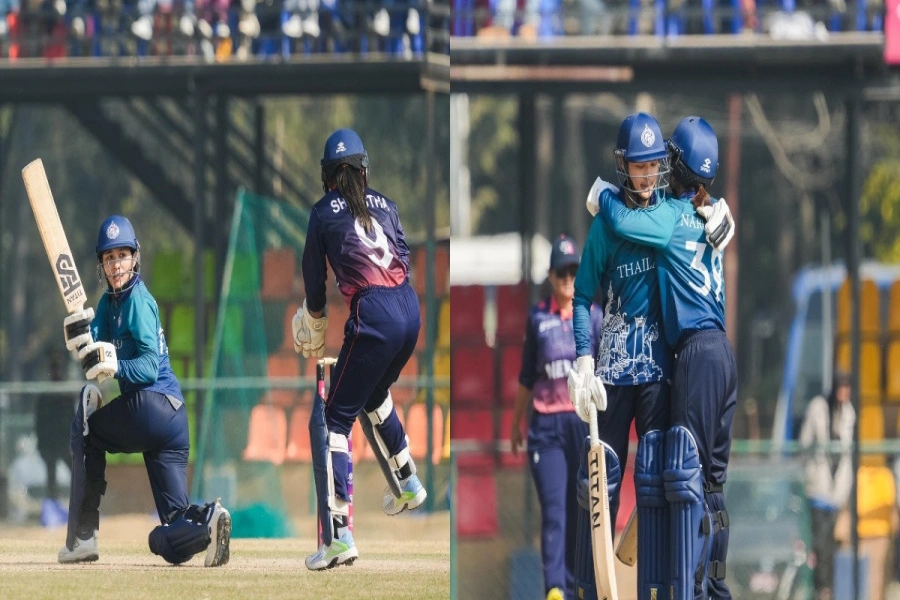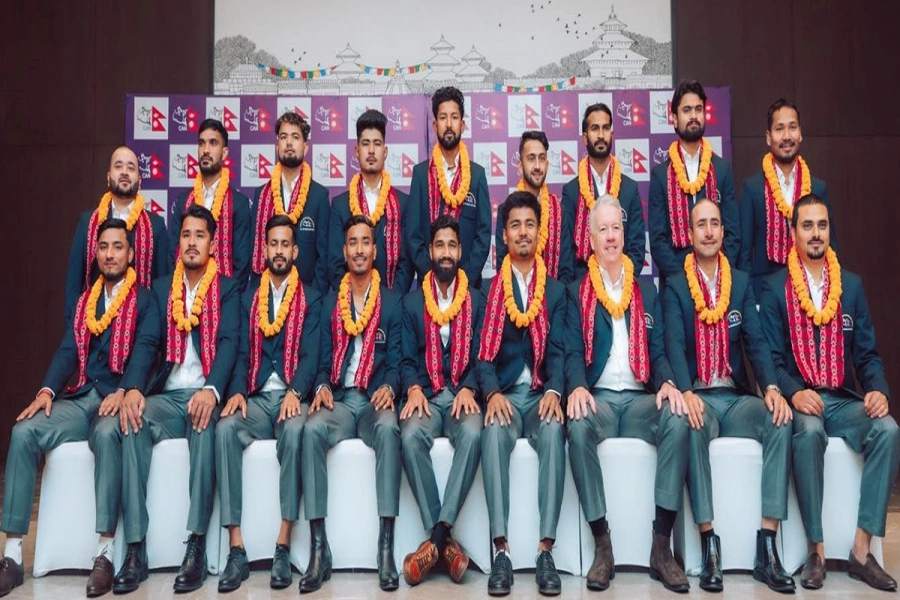The biggest hindrance to growth and development in Nepal, as I see it, is the mass exodus of our young productive population and the lack of sincerity and innovation in our educational system. While Nepal currently enjoys a ‘demographic window of opportunity,’ we are on the path to becoming an aging population by 2028. With our population growth rate already falling below the global average, the mass departure of our working population risks bringing home first-world problems on top of the existing ones. We often blame the mass exodus of our youth on the lack of opportunities in Nepal. While this may be true to a certain extent, it is naive to ignore that opportunities are created by people like us, reforms are made by people like us, and the present and future of Nepal are very much a result of the choices we have made.
One of the areas where we have failed to do enough is bringing reforms to our school education. As I understand, the Secondary Education Examination (SEE) in Nepal is the “iron gate” through which every student in the Nepali education system must pass after 10 years of schooling. From a budgetary perspective, Nepal has prioritized investment in education. From Rs 63 billion in FY 2071/2072 BS, we have reached Rs 197 billion in FY 2080-81, an average growth rate of over 10.5 percent yearly. One of the most tangible outcomes of this investment would be a higher pass rate of students in the SEE. However, despite 80 percent of the total education budget being spent on education for students in class 10 and below, recent SEE results show a different reality, especially for children studying in government schools. This year, 52 percent of the students who had taken the SEE were categorized as ‘non-graded,’ and the trend over the last decade isn’t much different. In contrast, private schools have consistently maintained better results not just in SEE but also in other competitive international curricula. Most private schools have consistently achieved a 100 percent pass rate in SEE. This clearly indicates that it is not the students or the budget allocated for this sector that is the issue but rather the government policies and strategies, or the lack thereof, that has created this catastrophe over the years.
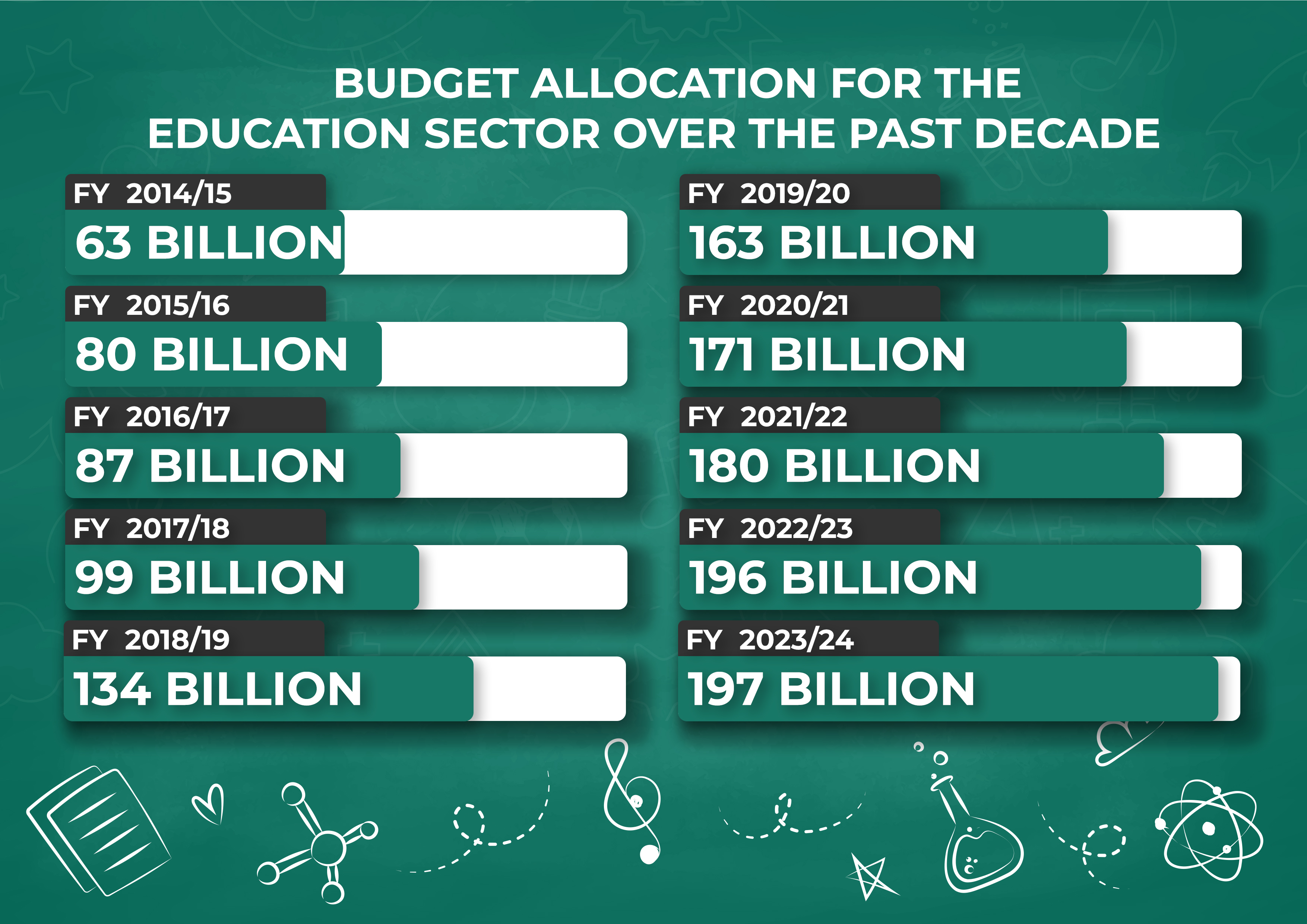
*Almost 80 percent of the allocated budget is spent for school education.
Individual Brilliance, Collective Failure!

I attribute this to two major issues: the style of spending and the accountability of government school teachers and staff members. Government spending in any sector typically follows an 80/20 split, with the majority being allocated for recurring expenses like salaries, allowances etc and the rest for development activities. Consequently, teachers and other staff in government schools are paid much higher than their counterparts in many private schools despite consistently poor performance in SEE. Moreover, many of the teachers and staff are representatives of the country's major political parties. While there is nothing wrong with having a political ideology, using it for personal gain at the expense of young minds is nothing less than a crime. This issue transcends beyond the education sector, as politically influenced reporting and consistent poor performance are difficult to break due to labor laws that protect these politically aligned underperformers.
Dealing with the labor laws and labor offices, which protect these underperformers, reveals that every letter comes with an ultimatum of seven days and multiple direct threats, such as “we will block your bank accounts.” Blocking a company’s bank account prohibits it from functioning, illustrating how biased the system is towards bad performers, willing to burn decades of investment and good work over malicious performers. When public-private institutions face such challenges, imagine the entitlement and indispensable attitude of those in government services. Thus, it is fair to say that a 52 percent failure rate means nothing to those working in government schools. Recently, I read that five government schools in Chitwan have a 100 percent “no grade” rate in SEE. What are the consequences for teachers and staff for that? What are the consequences of enjoying taxpayers’ money and not meeting the bare minimum of their duty?
There have been 10 different education ministers in as many years in the past, with some serving as short as four months. With this constant change, no vision or strategy can be met. Under one leadership, government schools were evaluated based on student performance, and the budget was allocated accordingly, putting pressure on school management to reach a minimum benchmark. However, with the change in leadership, this system no longer exists because government school teachers, who serve as junior politicians representing political parties, form a strong vote bank for the country’s major political parties. This web is the result of years of investment in the wrong place and corruption.

During the Rana regime, the Ranas preferred to keep Nepali citizens uneducated. Durbar High School, the country’s oldest school, was established in 1854 for the Ranas only. It was only in 1900 that the school was opened to the general public, reportedly after much criticism. The then Prime Minister was warned that he was shooting himself in the foot by educating the ordinary public. In an autocratic regime, leaders want their citizens to remain uneducated and unexposed for fear of revolt. The inability of our political leadership to enhance education in public schools appears to mimic this situation. There is a mass exodus of productive, literate population, and those remaining have to deal with a dysfunctional government whose recurrent expenses constitute almost 80 percent of the budget, with negligible services provided to the citizens. Since the last election in 2079, we’ve had two different coalitions. As the fiscal year draws to a close, our PM faces a no-confidence vote in parliament. With half his ministers withdrawing support, there is something about his spirit that keeps him going.
This political instability is debilitating us in many ways, and the worst casualty of this instability is the country's education sector. Today, in 2081 BS, we are still following the "Education Act" introduced during King Mahendra’s time in 2028 BS. While there have been changes over the years, the Education Act formulated in 2075 BS, which incorporates the educational needs of a federal system, is yet to be tabled and passed by parliament. In most parliamentary systems, MPs are directly elected individuals who have the power to work on policies and reforms, keeping in mind the country’s goals and aspirations. However, since the last elections, we have already had three changes in the coalition of the government. Ironically, only three bills were passed in a whole parliamentary session last year. Our current electoral system allows multiple permutations and combinations, which has been the biggest hindrance to political stability. Any new party that wins a few seats ends up having a bigger say in the formation of the government. This comes at a heavy cost of political stability and good governance, as these fringe parties are often seen to change their political alignment for their vested interests.
The two major political parties – the Nepali Congress and the CPN-UML – have agreed to bring certain amendments to the constitution to ensure political stability in the country. Whether such an amendment, if it happens at all, would bring stability and at what cost is something only time can tell. But it is high time that all stakeholders internalized the fact that we need a functional stable government with a long-term vision and exceptional execution abilities for us to grow and catch up with the speed of our neighbors. This SEE is just a case in point; there are multiple alarms that have been warning us. We cannot afford to be late in making positive interventions.
The author is the CEO of Nepal Republic Media Limited.




